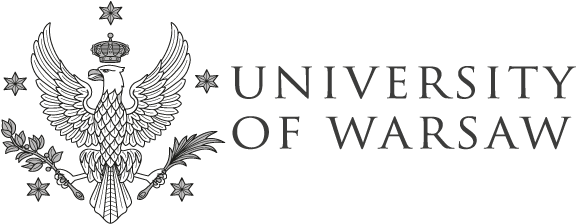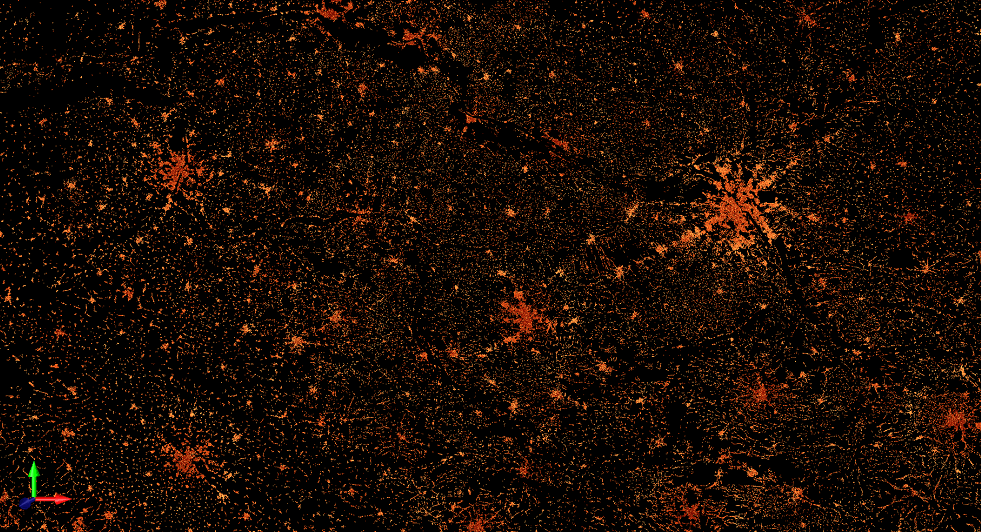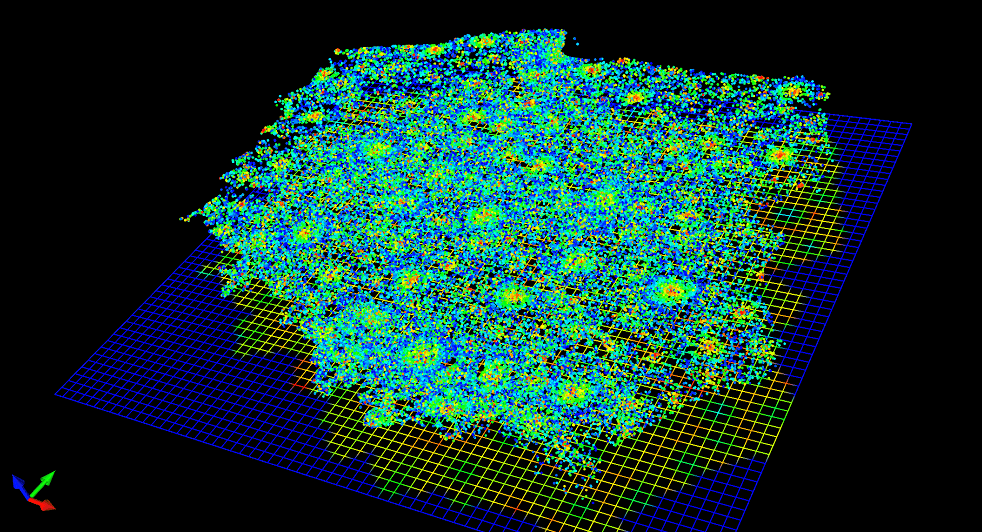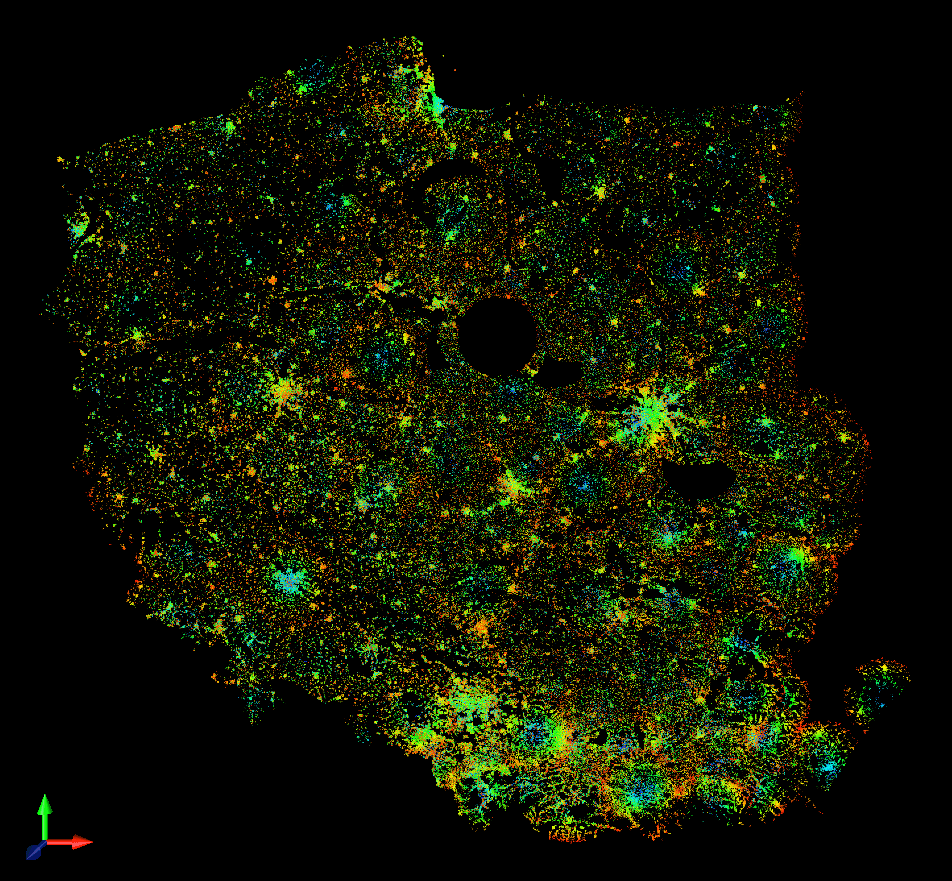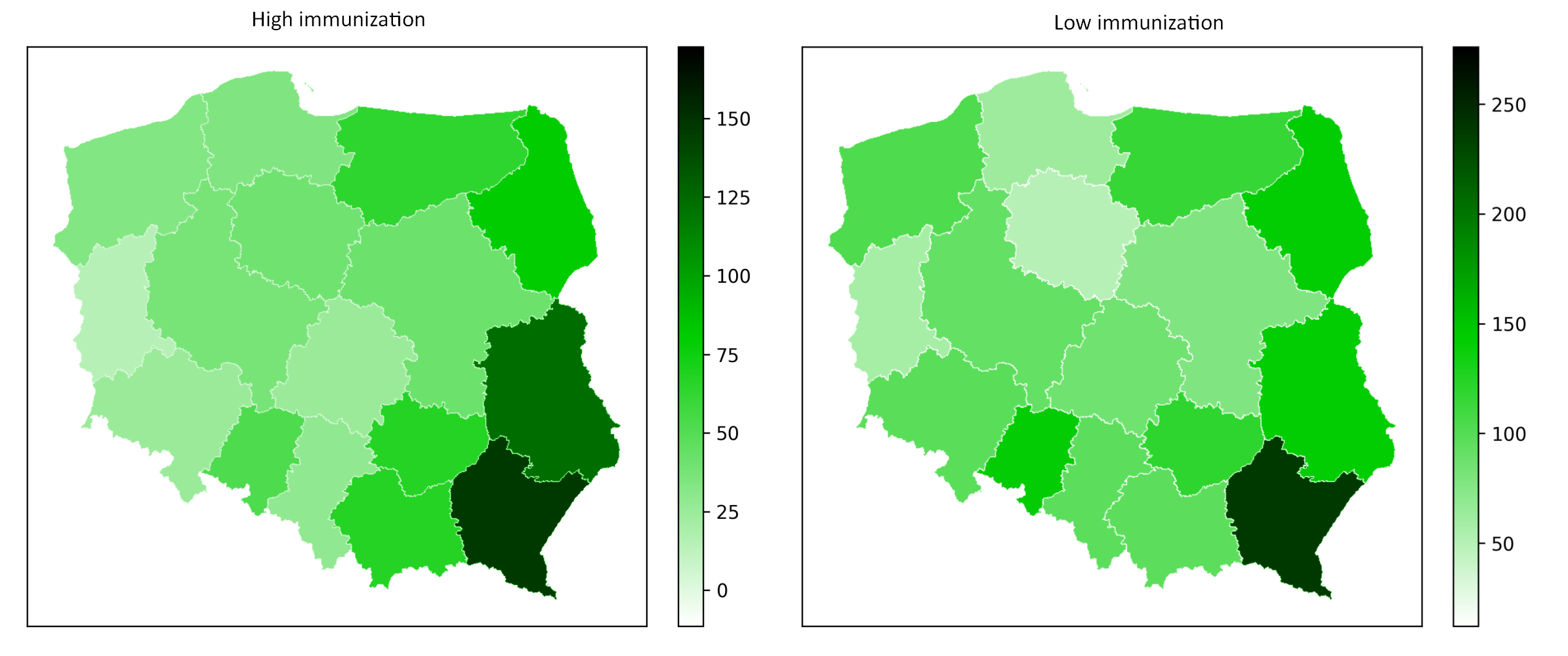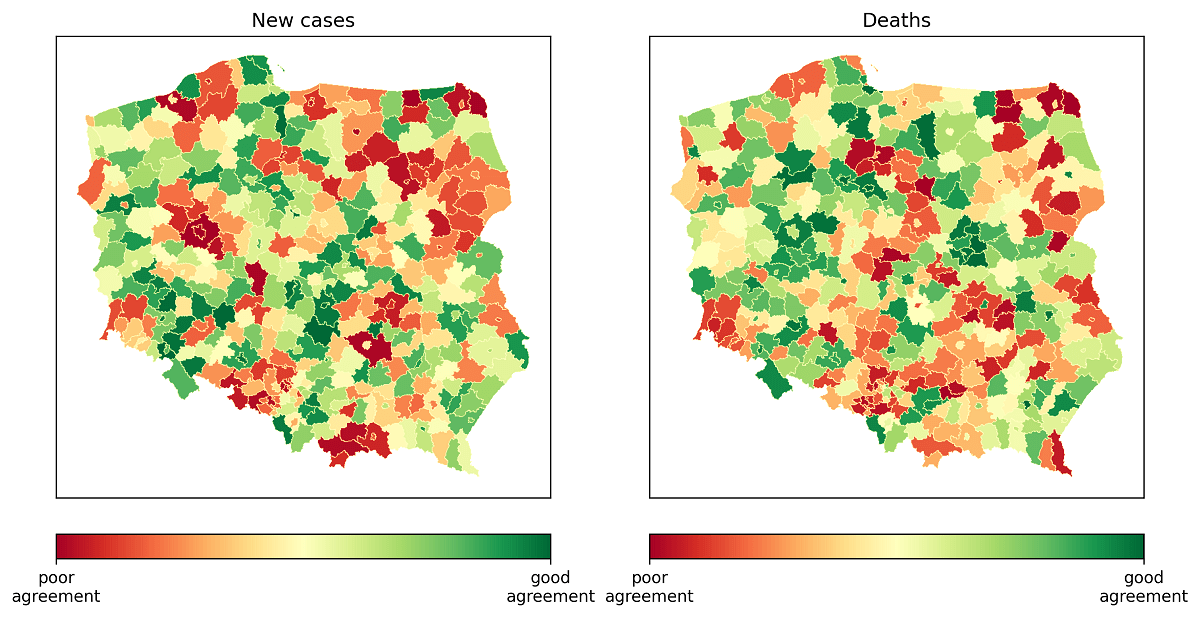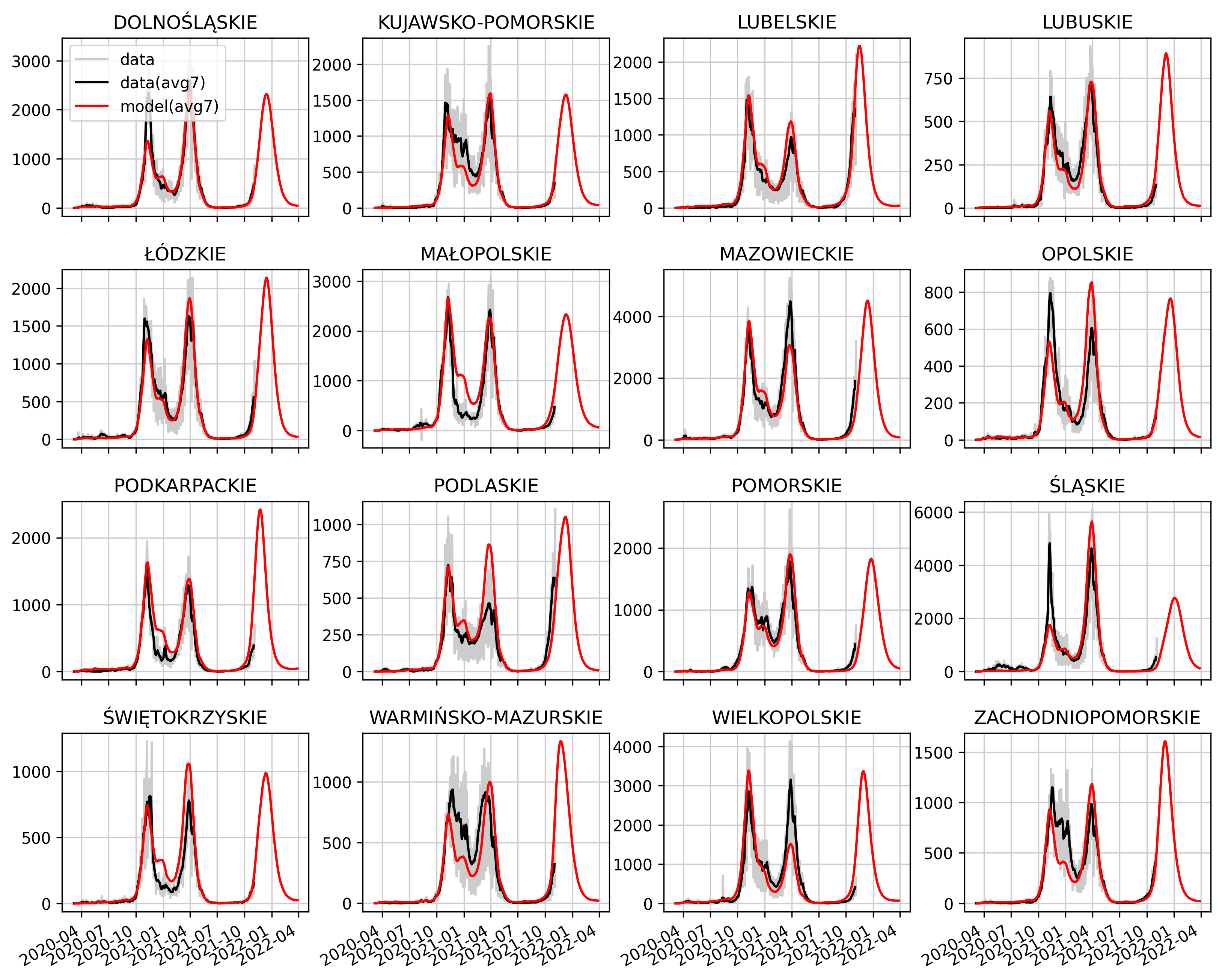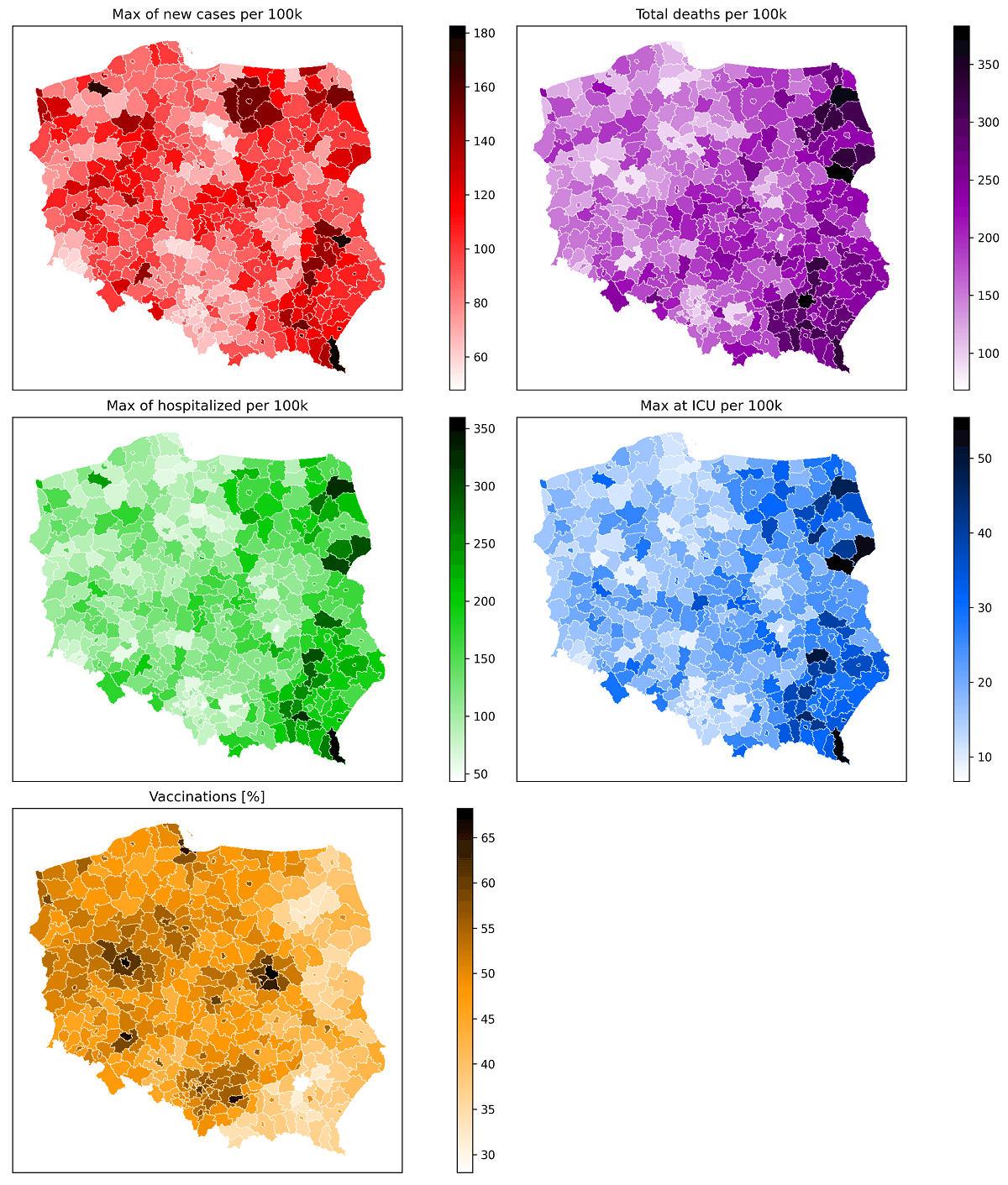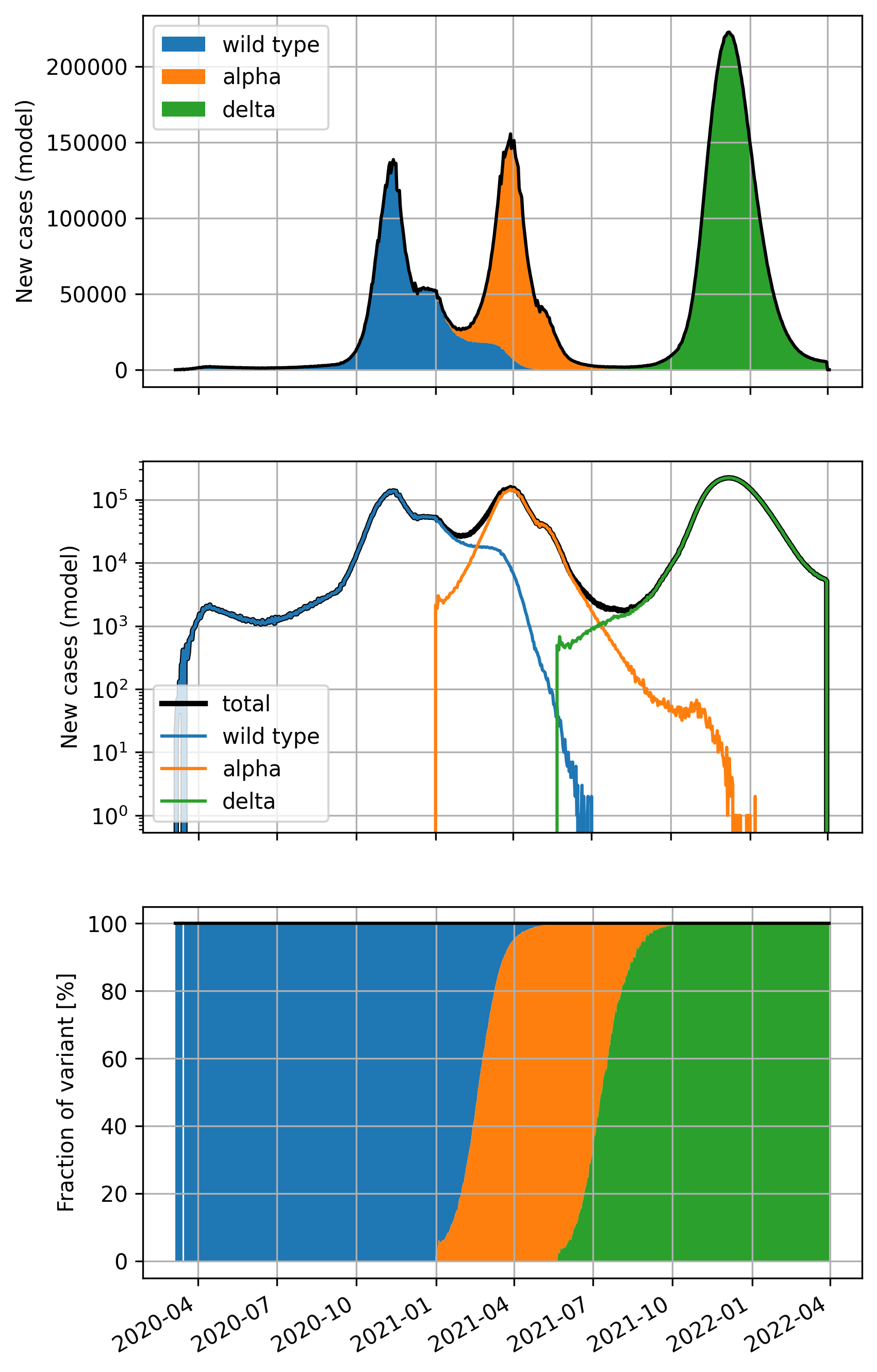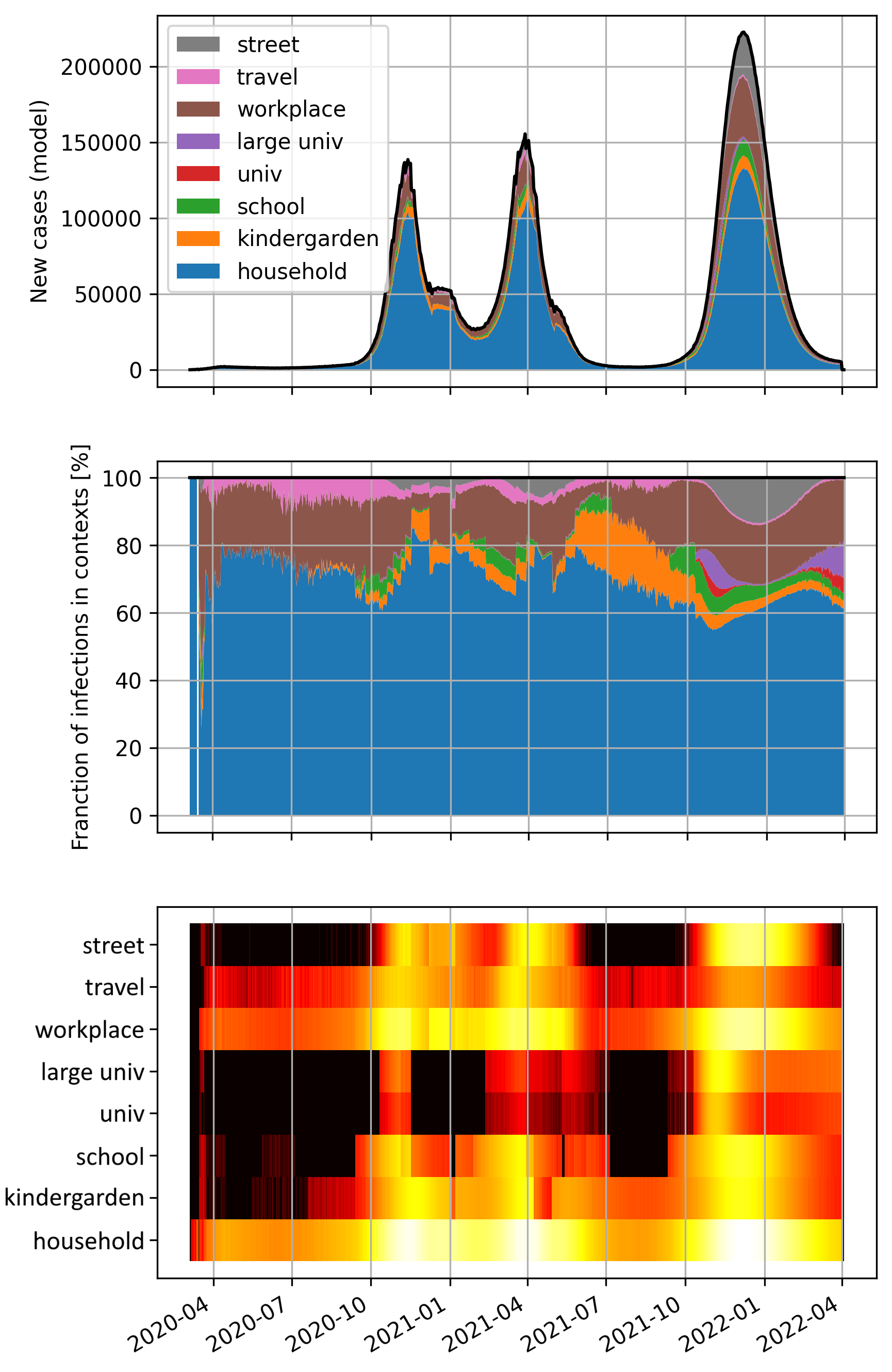ICM provides the results of short time predictions as well as possible variants of the spread of the epidemic in longer time scales assuming appropriate restrictions or parameters of the disease. The main idea of the model is to utilize the possibly full representation of the social structure of the country to the level of individual people residing in Poland and their contacts. This approach offers potentially great opportunities, but it is also associated with enormous analytical and programming work and a constant struggle to obtain the data needed to construct and calibrate the model. However, we already have some practice in this.
Our model is spatially and contextually resolving. This means that we can follow the spreading of the epidemic on a geographic grid at a resolution of 1 km2 and that the physical contacts through which the virus is transmitted take place in various types of places characteristic of our lives. Currently, we have defined separate categories: households, workplaces, kindergartens, schools, colleges, travel, and random street meetings.
The course of the disease that each virtual inhabitant undergoes in our model corresponds to the typical course of the COVID-19 disease. However, the key parameters of the model, i.e. the baseline virus transmissibility and our tendency to leave home with mild symptoms, are calibrated, in Bayesian fashion, to the actual course of the epidemic.
The ICM team cooperates on an ongoing basis with the Minister of Health and the Department of Analyzes and Strategies of the Ministry of Health and the Government Center for Security (RCB). We are a member of the COVID-19 epidemic monitoring and forecasting team appointed by the Minister of Health. It is with great satisfaction that we cooperate with other teams modeling the COVID-19 epidemic in Poland: the MOCOS group from the Wrocław University of Technology, the team of prof. A. Gambin from MiMUW, and modeling teams from PZH (prof. M. Rosińska) and Ministry of Health.
